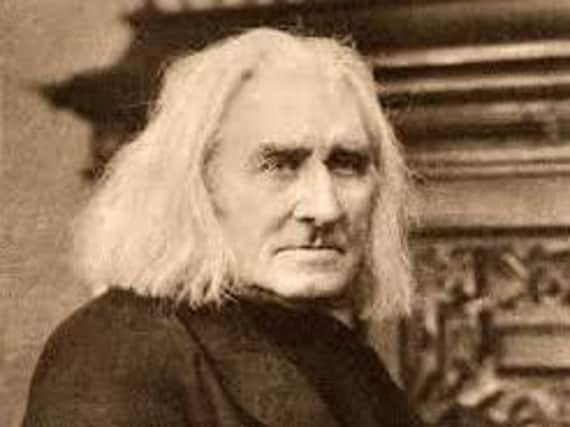Classical Chat: Liszt is the piano's greatest showman


He challenged pianists to duels in front of thousands of fans. Women fought over the gloves and handkerchiefs he threw from the stage as souvenirs. He played so loud and fast he sometimes broke the old wooden-framed pianos.
Related: Chopin transports us to inner worldsArena-filling showmen tend to attract snarky criticism now and it was no different then, with experts lining up to dismiss the vulgarity and lack of taste in Liszt’s work.
Advertisement
Hide AdAdvertisement
Hide AdBut there is a lot more in his huge output than exciting noise and bombast. He was often a deeply-religious man and made sure he was well read in literature and poetry. He had a deep passion for opera, popularising masterpieces by playing the best bits in piano transcriptions.
Hold on to your seats, here’s an introduction to Liszt’s musical thrill ride:
Totentanz. Anyone thinking classical music dull should be played this. A blood-curdling dance of death for piano and orchestra featuring thunderous use of the ominous Dies Irae chant.
Sonata in B Minor. This piece is every virtuoso pianist’s dream: a 30-minute stream of spectacular fireworks and grandiose effects, with a few quieter passages for respite from the mayhem.
Advertisement
Hide AdAdvertisement
Hide AdMephisto Waltz No1. An incredibly vivid bit of scene painting, conjuring up village dancing with voluptuous beauties while the Devil plays a fiddle, drunken revellers carouse and the nightingale sings of love from a tree. All crammed into 10 action-packed minutes.
Paganini Etudes. The greatest piano performer makes music based on the greatest violinist’s work. The most famous is number three, La Campanella, full of the little bell of the title’s tinkling.
La Lugubre Gondola. Liszt’s dissonant, slow-moving and death-obsessed late music is very different. This piece is a tribute to Wagner, who was also his son-in-law.